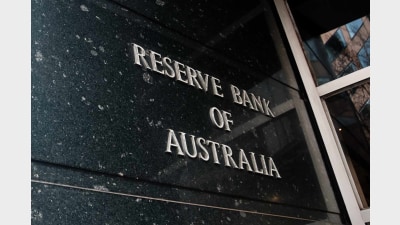Meeting APRA’s superannuation data demands


APRA push for better data from superannuation funds will place greater pressure on fund executives and trustees which, according to SimCorp’s Rod Dew, will require further investment in technology delivering in-house capability.
Super funds are coming under increasing pressure to provide greater disclosure of fund information as the regulator releases a discussion paper proposing greater statistical information gathering.
As a result of the global financial crisis, the Australian Prudential Regulation Authority (APRA) is driving a program to determine whether funds are able to meet their member benefit obligations after devaluation and improve the transparency of the value of their funds by examining asset holdings, liquidity and performance.
Typically, super funds have relied on asset consultants to make investment recommendations and the major custody operations to aggregate and report on the funds selected, including holdings, value and performance.
With the increasing complexity of fund structures, investment opportunities and instrument types, it could be argued that the super funds now have less of a handle on the underlying investment risks.
This is exacerbated by the strains that have been placed on custodian operations in terms of stretching their processes and legacy systems.
While custodians will claim they can provide the additional reporting, potentially they will have to throw extra people and resources at the requirement.
This begs the question as to whether they have a scalable and flexible model for today’s requirements?
No doubt increased costs at the custodian level will increase fees for the super funds, although APRA suggests that they should already have this statistical information.
So how are superannuation funds responding?
Some of the larger funds are taking on their own chief investment officers (CIO). In turn, these individuals will require greater access to information and, therefore, systems to support their strategies, asset allocations and ratify the returns to the member base.
Implementing systems could be justified by reducing the reliance on custodian services/fees by adopting some processes internally, including performance measurement, market risk management and mandate compliance checking.
Based on a scalable solution with a low marginal cost model, a logical progression would be to bring some investment management in-house. This would reduce external fund manager fees and provide a low cost, transparent product to members.
What about the custody operations?
It seems time is creeping up on legacy processes and systems.
Eventually these operations will have to move to reduce the cost of processing complex funds and asset types to maintain their viability in the investment food chain. The first mover onto modern platforms and streamlined, scalable processes will change the market dynamic significantly.
Greater scrutiny on valuations
In particular, valuation has become a key issue. In bull market conditions the valuation of holdings has been a function of obtaining a fair market price and applying this to the holdings as a simple calculation.
As the market increased its sophistication, there was the potential for some special instruments to only be priced by the selling broker, which led to inherent counterparty risks.
The importance being they feed the valuation of the entire fund and/or unit price.
The deep fall in the market has led to a series of questions over valuation processes.
Is the market price valid if you are unable to sell the security due to lack of liquidity? Are you able to price the instrument theoretically in the event that a market price may be misleading and what rules do you apply?
Instrument price data moves from the broker to the portfolio manager through order execution processes and onto the TPA/custody operation.
The data is eventually posted into both the accounting system and the net asset value/unit pricing system.
Potentially, there is limited or unsuitable pricing validation controls as the data enters the unit pricing system, which ultimately impacts the results presented to the investor.
In turn, the valuation, cash and holdings information is fed back into risk and performance systems separately (ie, the data is replicated across multiple systems). This leads to a disparity between system data and thus reconciliation and auditing costs increase.
Rod Dew is a sales manager with SimCorp. His analysis is drawn from a SimCorp EEDM data management white paper based on the company’s Dimension platform.
Recommended for you
High risk, high return assets will become dangerous options for superannuation funds under the Federal Government’s planned $3 million superannuation changes, writes Brad Twentyman.
Economic policy can no longer ignore the macroeconomic impacts of Australia's superannuation system and the emerging policy implications, writes Tim Toohey.
In an age where climate concerns and social consciousness dominate headlines, it’s no surprise that investors are increasingly seeking investments that align with their values, writes Simon O’Connor.
How profit-for-member superannuation funds can embed 'commerciality with a heart' and marry a member-first culture with commercial outcomes.













Add new comment